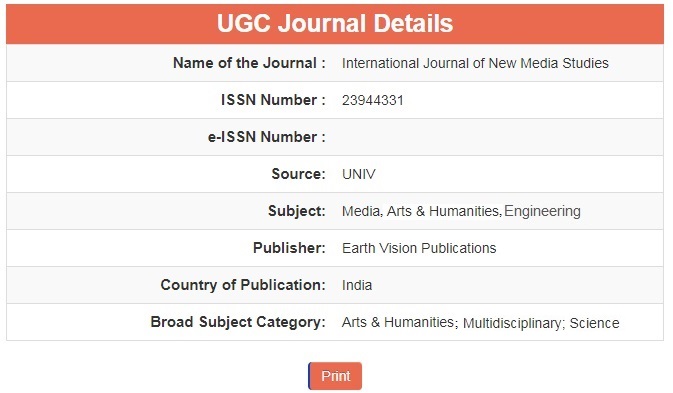Rhetorical Brilliance and Persuasive Strategies in Zafarnama: A Linguistic and Stylistic Analysis
Keywords:
Zafarnama, Guru Gobind Singh, Rhetoric, Persuasive Strategies, Linguistic Analysis, Stylistic Devices, Historical and Cultural Context.Abstract
The Zafarnama is a famous epistle by Guru Gobind Singh to the Mughal ruler Aurangzeb. What makes this letter remarkable is that it was written after the Battle of Chamkaur in 1705, where Guru Gobind Singh's soldiers were vastly outnumbered. The letter describes the moment when the Guru was essentially betrayed by someone he had trusted. Yet, the Guru's pen is anything but violent, as he seeks to use language to his advantage. The goal of this research paper is to thoroughly examine the linguistic and stylistic devices used by Guru Gobind Singh in this influential work. The overwhelming power of the text results from the rhetorical strategies and persuasive techniques embedded within it. Indeed, this is a special work of art: it has the appearance and context of a traditional religious scripture yet is manifestly a creative, innovative, and persuasive project intended to unite a community and establish a new identity in the face of encroaching material and religious influences. This study intends to explore the complex connection between language, power, and resistance by examining the array of rhetorical strategies employed to serve various interests.






